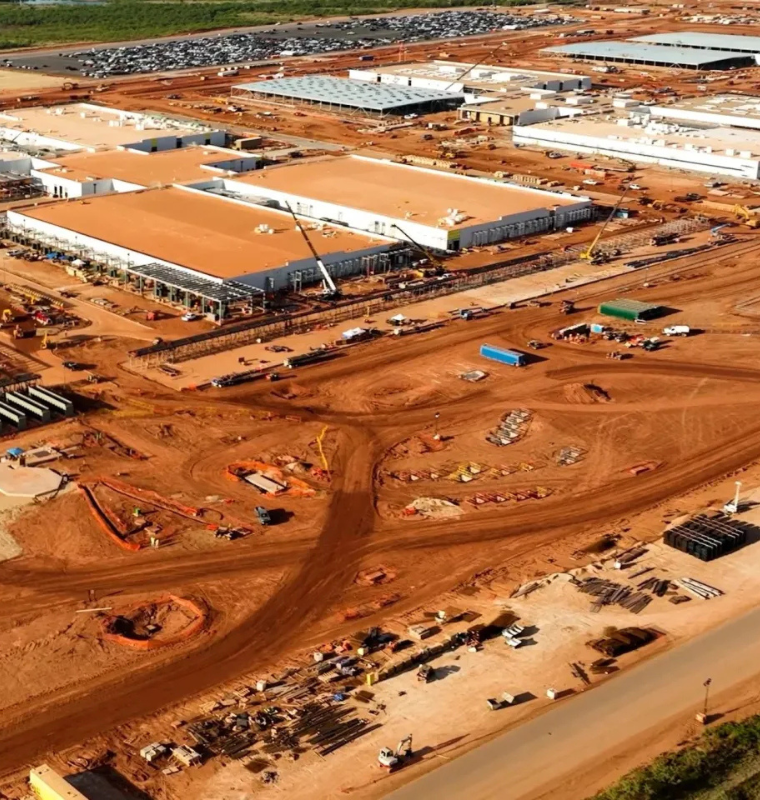Equinor Injects Nearly $1 Billion Into Orsted Amid Trump’s Offshore Wind Offensive
Equinor Injects Nearly $1 Billion Into Orsted Amid Trump’s Offshore Wind Offensive
By
Rachel Steinberg
Last updated:
September 2, 2025
First Published:
September 2, 2025

Photo: Equinor
Equinor Steps Up With Major Capital Support
Norwegian state-backed energy group Equinor has pledged close to $1 billion in fresh capital to support Denmark’s Ørsted, the world’s largest offshore wind developer, which has been struggling under financial pressure and political pushback.
The commitment comes as part of Ørsted’s planned 60 billion Danish krone ($9.4 billion) rights issue, with Equinor confirming it intends to fully participate while maintaining its 10% stake in the company. In addition, Equinor announced it will nominate a candidate to Ørsted’s board, signaling a more active role in steering the company’s future.
A Vote of Confidence in Offshore Wind
Ørsted’s stock, which has plunged nearly 90% from its 2021 peak, rose 3.6% on the news before paring gains. The rebound comes after shares hit a record low last month, following an order from the Trump administration to halt construction on one of its nearly completed U.S. offshore wind farms.
Equinor framed the investment as a strategic decision rooted in confidence in offshore wind’s long-term competitiveness. “This reflects our belief in the role of offshore wind in the global energy mix,” the company said, emphasizing its ongoing dialogue with Ørsted to navigate challenges in the U.S. and Europe.
Political Turbulence in the U.S.
The move comes against a backdrop of escalating hostility from the Trump administration toward the offshore wind sector. Since taking office, Trump has criticized wind projects, portraying them as wasteful and harmful to American industries.
The latest blow landed on Friday, when the U.S. Department of Transportation canceled $679 million in federal funding earmarked for a dozen infrastructure projects supporting offshore wind nationwide. Transportation Secretary Sean Duffy defended the move, arguing those resources would be better spent revitalizing the maritime sector.
These policy decisions have amplified uncertainty for European energy companies like Ørsted and Equinor, which have billions invested in U.S. offshore projects.
Market and Industry Reactions
Analysts at RBC Capital Markets said Equinor’s show of support could be a first step toward a potential merger of the companies’ offshore wind portfolios. However, they cautioned that deeper involvement exposes Equinor to greater risks in the U.S., where two of its fully owned offshore wind projects remain stalled and unlikely to be scaled back in the near term.
“The incremental positive,” RBC noted, “is that Equinor will now have board representation, making the most of a challenging situation.”
Ørsted’s struggles reflect broader turbulence in the offshore wind industry, where rising costs, supply chain disruptions, and shifting political priorities have made profitability harder to achieve. Despite this, global demand for renewable energy continues to grow, with offshore wind projected to account for 10% of global electricity by 2050, according to the International Energy Agency.
Looking Ahead
Equinor’s capital infusion not only stabilizes Ørsted in the short term but also signals a bet on renewables amid fossil fuel volatility. While the Trump administration’s stance raises near-term uncertainty for U.S. projects, European policymakers remain committed to offshore wind as a pillar of their clean energy strategies.
For Ørsted, the fresh funding provides breathing room as it works to rebuild investor confidence. For Equinor, it secures influence in a sector it sees as vital to the long-term energy transition—despite the political storms currently battering the industry.
Popular articles
Subscribe to unlock premium content
Why Consumers Buy Limited-Edition Fashion and Beauty Products

How K-Beauty Changed the Global Skincare Industry and Consumer Expectations

How Streetwear Became a Billion-Dollar Industry From Niche to Mainstream

Why Consumers Buy Limited-Edition Fashion and Beauty Products

How K-Beauty Changed the Global Skincare Industry and Consumer Expectations

Why Consumers Buy Limited-Edition Fashion and Beauty Products









